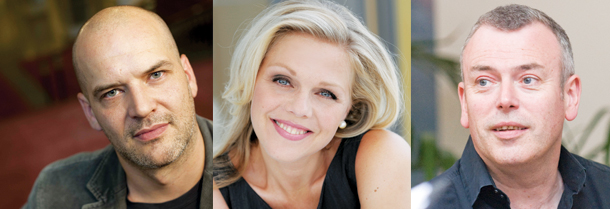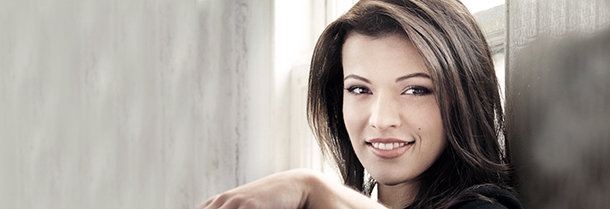Tag: recitals
-

RU35: RECITALS FOR YOUNG VANCOUVERITES
Ru35 is a new program for discerning young Vancouverites between 18 and 35 who want to broaden their cultural horizons, impress a date or influence their network in a new way. Young adults get the opportunity to experience live solo performances by world-class classical artists, meet new people, and never break the bank doing it.…



